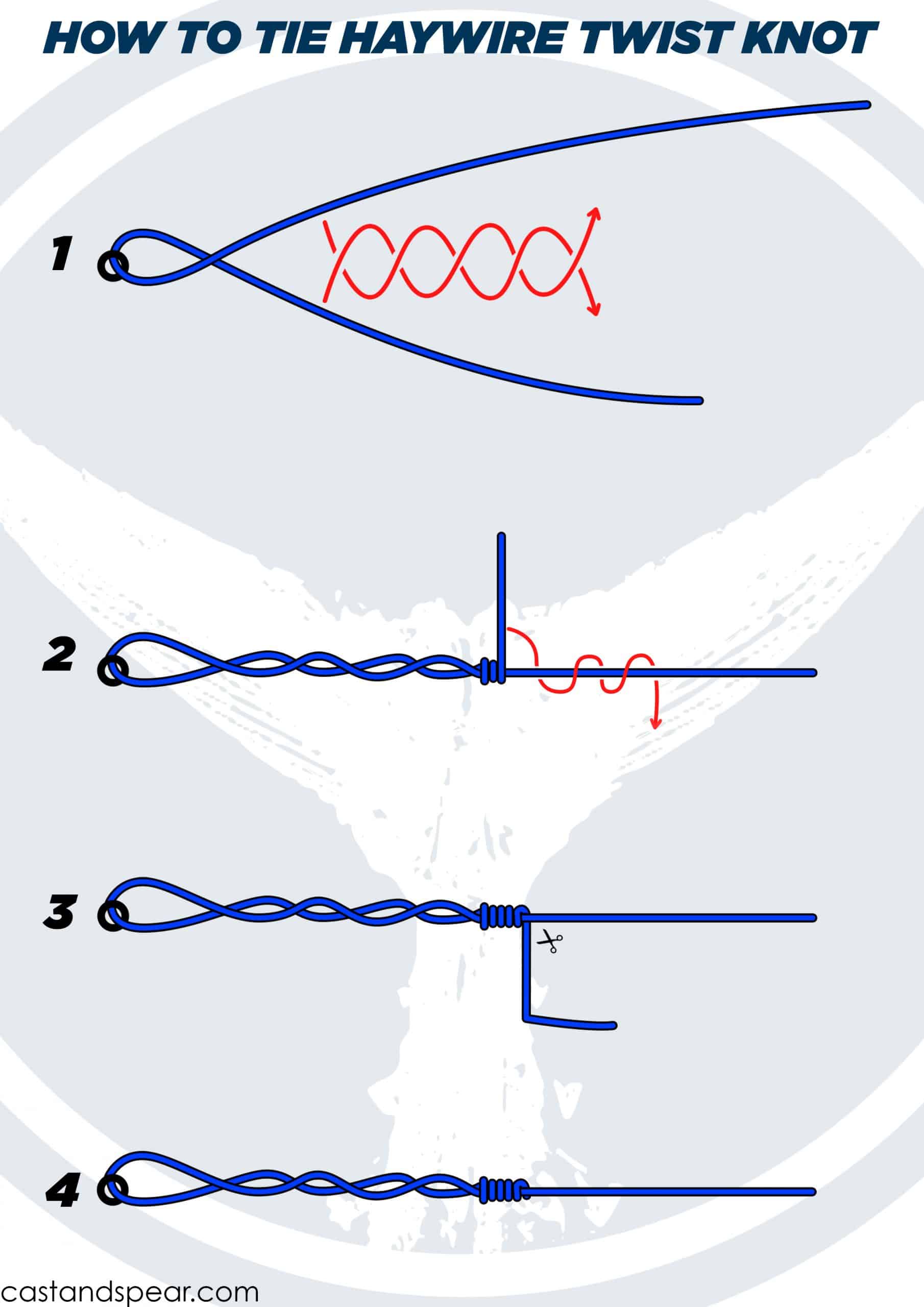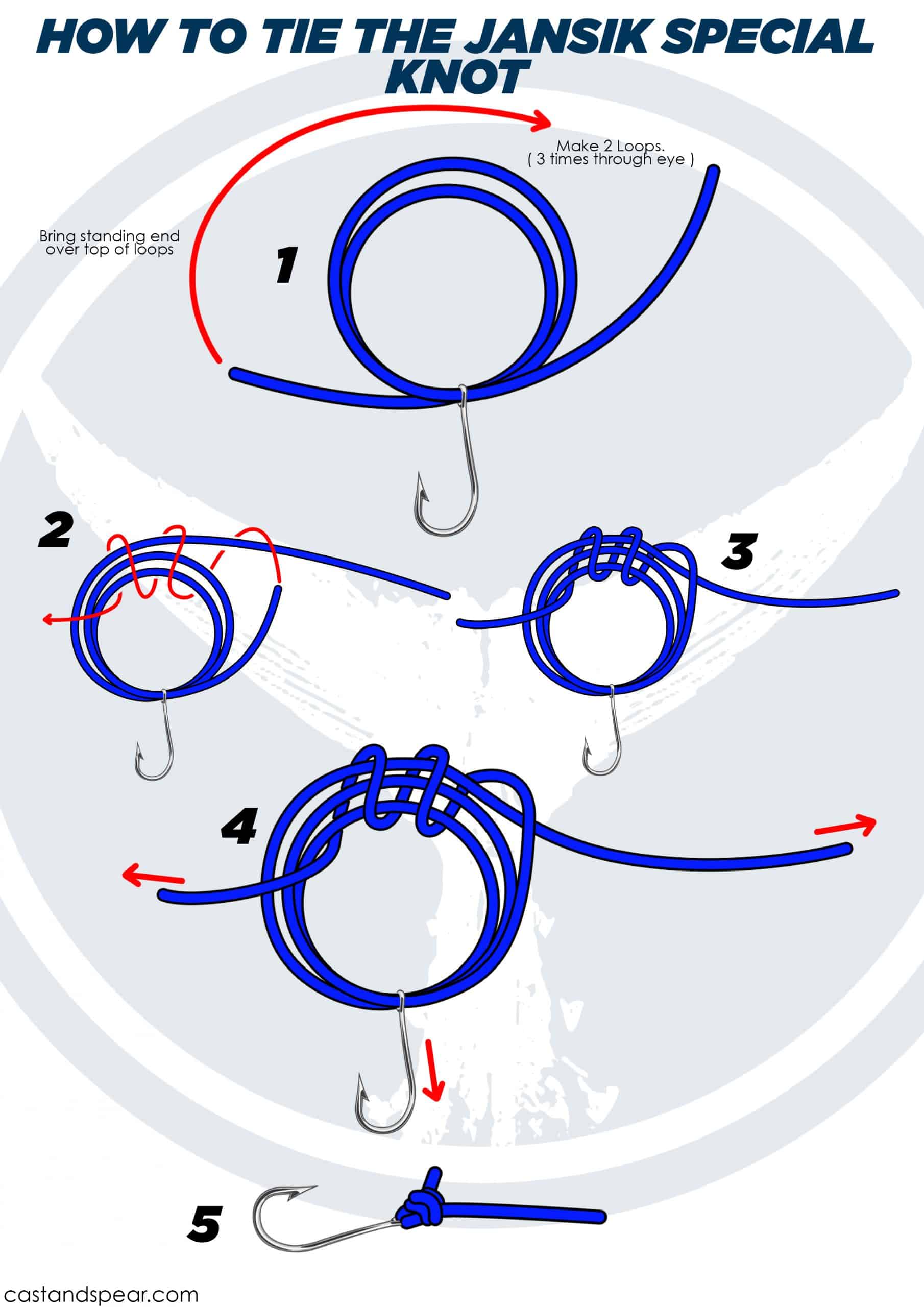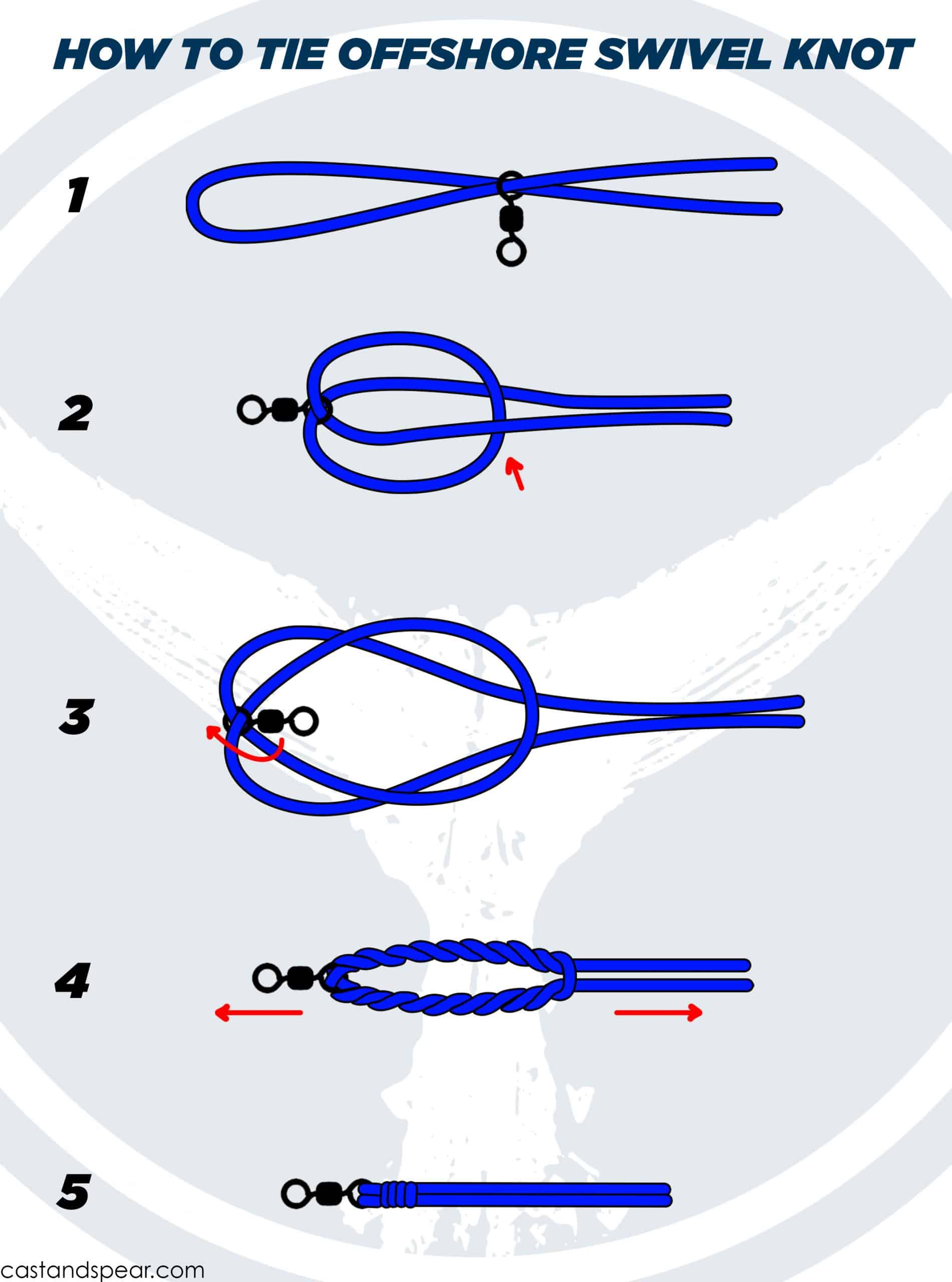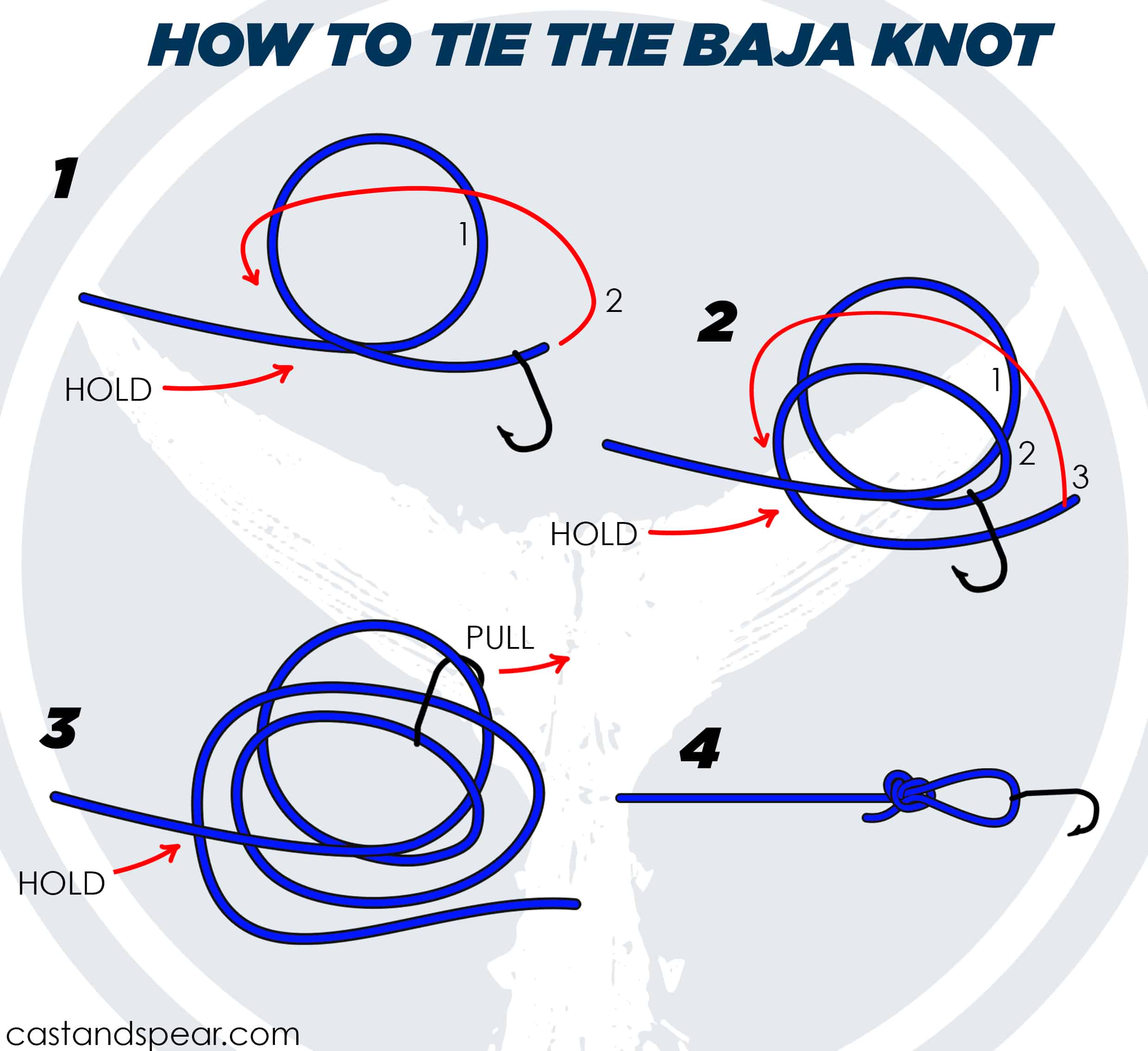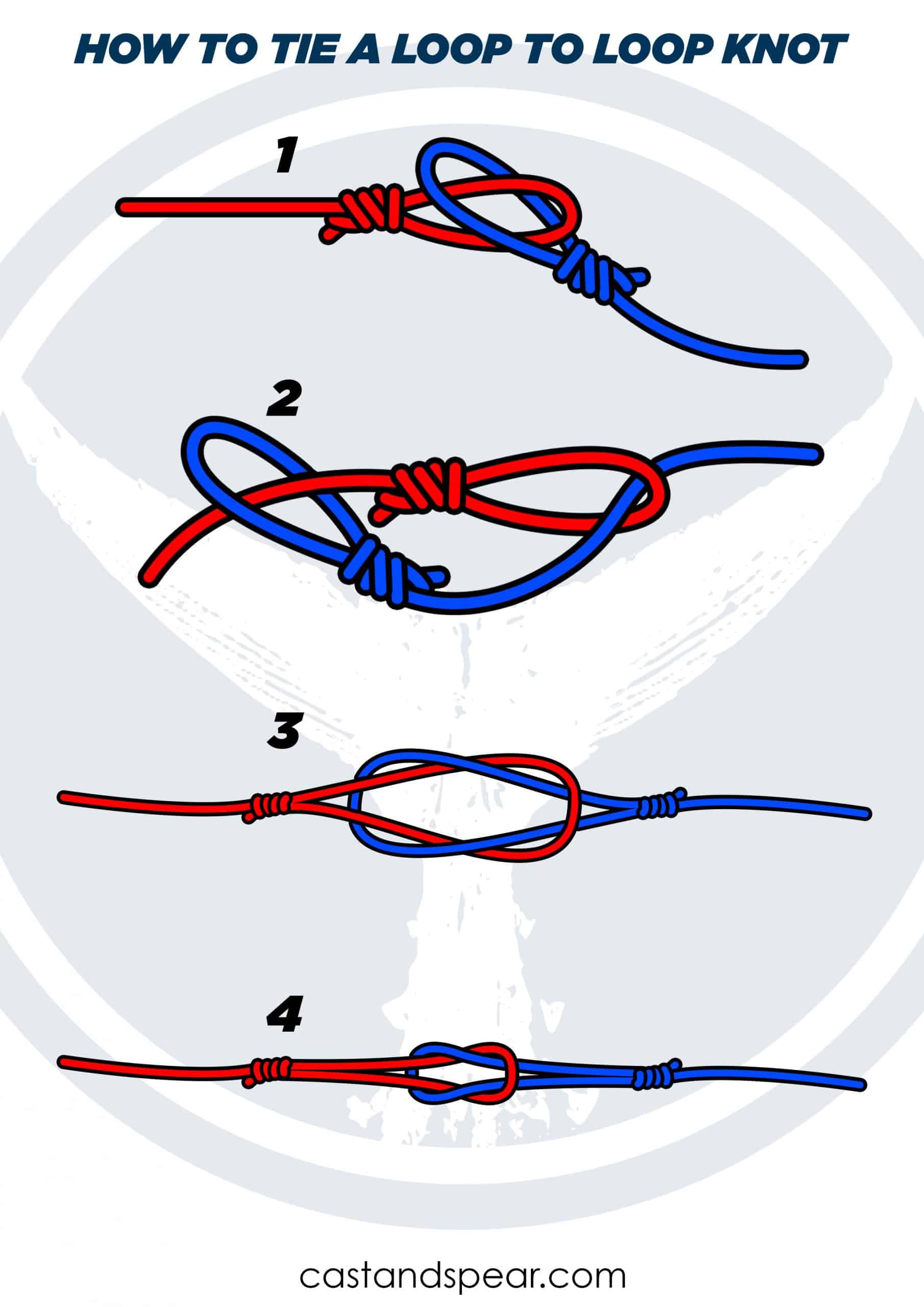Are you looking for the perfect knot for your fishing adventures? Understanding which knots are suitable for a specific fishing situation is important, as it can make the difference between a successful catch and a disappointing day. In this knot-tying guide, we’re sharing a detailed guide on how to tie this knot, its uses, advantages, disadvantages, and even alternatives to consider.

There are a variety of fishing knots today, and the World’s Fair Knot has its own unique role. This knot, invented by Gary L. Martin and first demonstrated at the 1982 Knoxville World Fair, is known for being dependable and easy to tie.
It’s a knot that connects a line to a lure or a hook, a simple but essential task in the fishing process. But is this knot the right one for your fishing trip? And how does it compare to other fishing knots?
Let’s take a look at the World’s Fair Knot and explore its uses, advantages, and potential disadvantages.
How to Tie the Worlds Fair Fishing Knot

Step 1
Double back the end of mono or a fluorocarbon line on itself to make a 6-inch long knot.
Step2
Pass the loop through the eye of the tackle, making sure a section is left hanging free.
Step 3
Fold that extra part of the loop backward right over the tackle, making sure that it covers the double line of the fishing thread.
Step 4
Take hold of the double line and pull the tag end under and over it to the opposite side of the loop. This creates a new loop.
Step 5
Pass the tag end of the line through the loop.
Step 6
Moisten the line with saliva or water to make it firm, and then pull the part of the line that was not incorporated in the knot to tighten it. Trim off the excess line to complete the fair knot.
World’s Fair Knot At a Glance
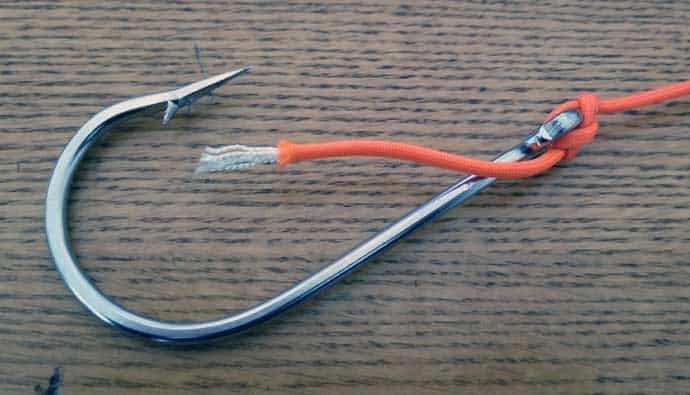
Created by Gary L. Martin, this fishing knot is called the World’s Fair Knot because it was first demonstrated at the 1982 Knoxville World Fair. From 498 entries, this knot won Dupont’s “Best New Knot”. A panel of outdoor writers selected this terminal tackle as the easiest to tie, the best new knot, and all-purpose fishing knot in Dupont Corp’s Great Knot Search.
It’s known to be dependable and easy to tie; this knot connects a line to a lure. Nowadays, bass anglers love using this knot to tie drop shot rigs by leaving the tag end at the length that corresponds to the weight that will be affixed to it. It’s great for attaching terminal tackles.
Whether it’s fluorocarbon or monofilament line, this fishing knot is easy to tie, making it a must-add to any fishing tackle tool kit.
Uses of the World’s Fair Knot
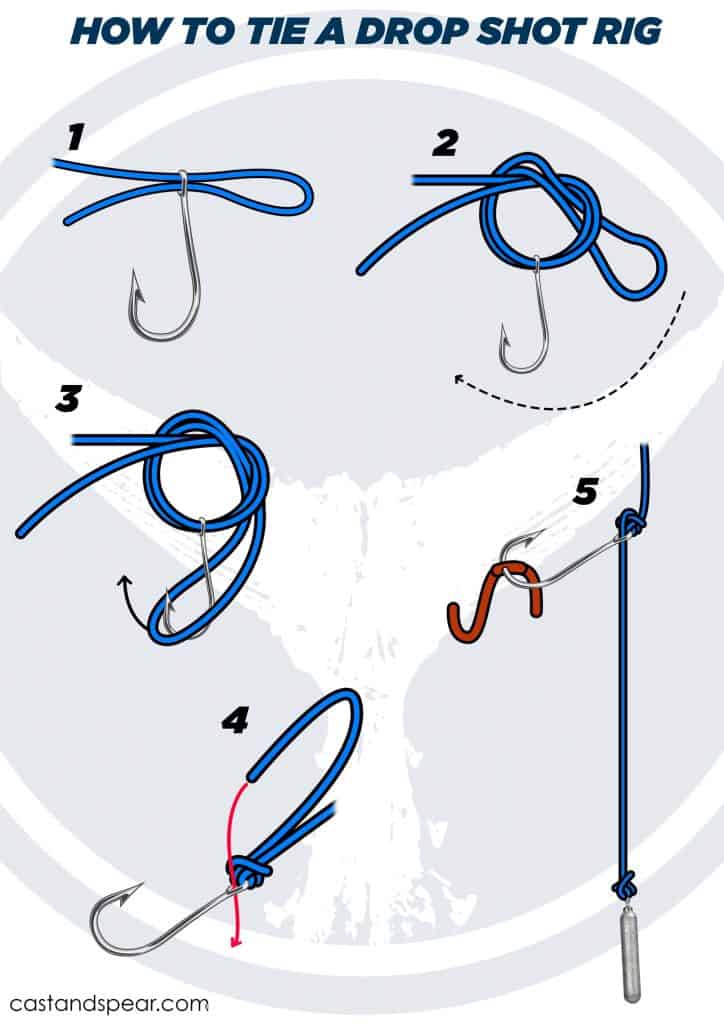
The World’s Fair Knot is not just a knot; it’s a versatile tool in the angler’s arsenal. Here are some of its uses:
- Drop Shot Rig: This knot is ideal for tying a drop shot rig. You can control the distance between your weight and your lure by adjusting the tag end to the desired length, enabling accurate bait presentation.
- Fly Fishing: The World’s Fair Knot is a reliable choice for fly fishing. You can use it to secure a fly to a tippet that can withstand the struggles of a fighting fish.
- Attaching Hooks and Lures: This knot is also excellent for attaching a hook or a lure to a line. Its strength and simplicity make it a go-to knot for many anglers.
- Terminal Tackle: Beyond its specific uses, this fishing knot is a versatile terminal tackle knot. Whether you’re attaching a line to a lure or a swivel, this knot provides a strong and dependable connection.
Advantages of the World’s Fair Knot

The World’s Fair Knot has several advantages that make it a favorite among many anglers:
- Compactness: One of the World’s Fair Knot’s greatest features is its compactness. This reduces the likelihood of snagging on weeds or debris, and it allows it to flow easily through the guides on your fishing rod.
- Versatility: The World’s Fair Knot can accommodate a wide range of line sizes. This knot can handle thin lines for light tackle fishing as well as bigger lines for heavy-duty applications.
- Compatibility with Different Lines: Both monofilament and fluorocarbon lines work nicely with this fishing knot. Because of this adaptability, it is a versatile option that may be used regardless of line preference.
Disadvantages of the World’s Fair Knot
- Difficulty with Small Hook Eyes: The World’s Fair Knot creates a double strand of line that may not be able to pass through the eye of every hook easily, especially those with smaller eyes. This can make it challenging to use certain types of hooks or lures.
Alternatives of the World’s Fair Knot
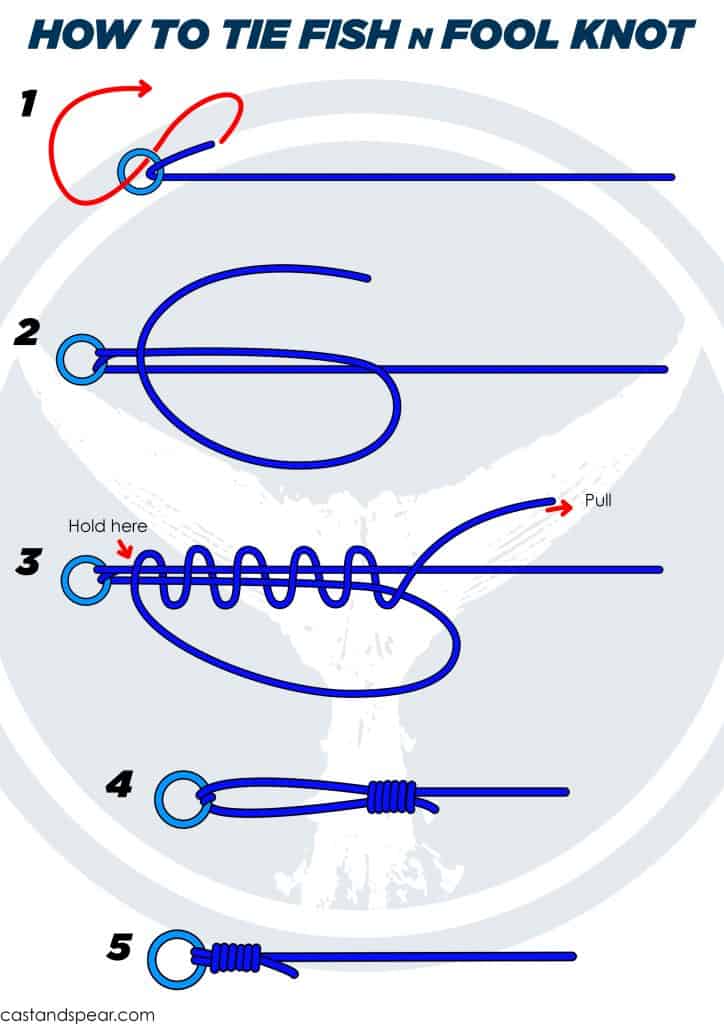
- Fish n Fool knot – This contest knot is easy to tie and can hold in smooth braided lines.
- Orvis knot – This is also a ‘contest’ knot, and it is reliable as well as easy to create.
Frequently Asked Questions
The Palomar knot is the best for that line because it is slip-resistant and can maintain 100% of the line’s original strength.
The aptly named Impossible knot is hard to untie.
The World’s Fair Knot is a reliable and easy-to-tie fishing knot that won against 498 knot entries during the 1982 Knoxville World Fair. It is most commonly used to connect a line to a lure.
This knot is used popularly used for tying a drop shot rig, tying a fly to a tippet, attaching a hook or a lure to a line, and as a versatile terminal tackle knot.
As a favorite among bass anglers, this knot is compact, can accommodate a variety of line sizes, and works well with both monofilament and fluorocarbon lines.
Yes, the World’s Fair Knot is compatible with both monofilament and fluorocarbon lines.
The double strand of the knot may not be able to pass through every hook eye easily.
Verdict
With its unique history and practical style, the World’s Fair Knot has proven to be a versatile and reliable choice for many anglers. Its small size, versatility with varied line sizes, and compatibility with both monofilament and fluorocarbon lines make it a useful tool in various fishing situations.
However, dealing with hooks with smaller eyes may be difficult due to its two-strand architecture. The effectiveness of this instrument, like any other, is dependent on the situation and the user’s expertise.
Therefore, understanding its benefits and limits is critical to make the most of the World’s Fair Knot in your fishing trips.
Did you enjoy reading our article? Don’t forget to share it with your friends and check out our other knot tying articles. Happy fishing!




 Facebook
Facebook YouTube
YouTube